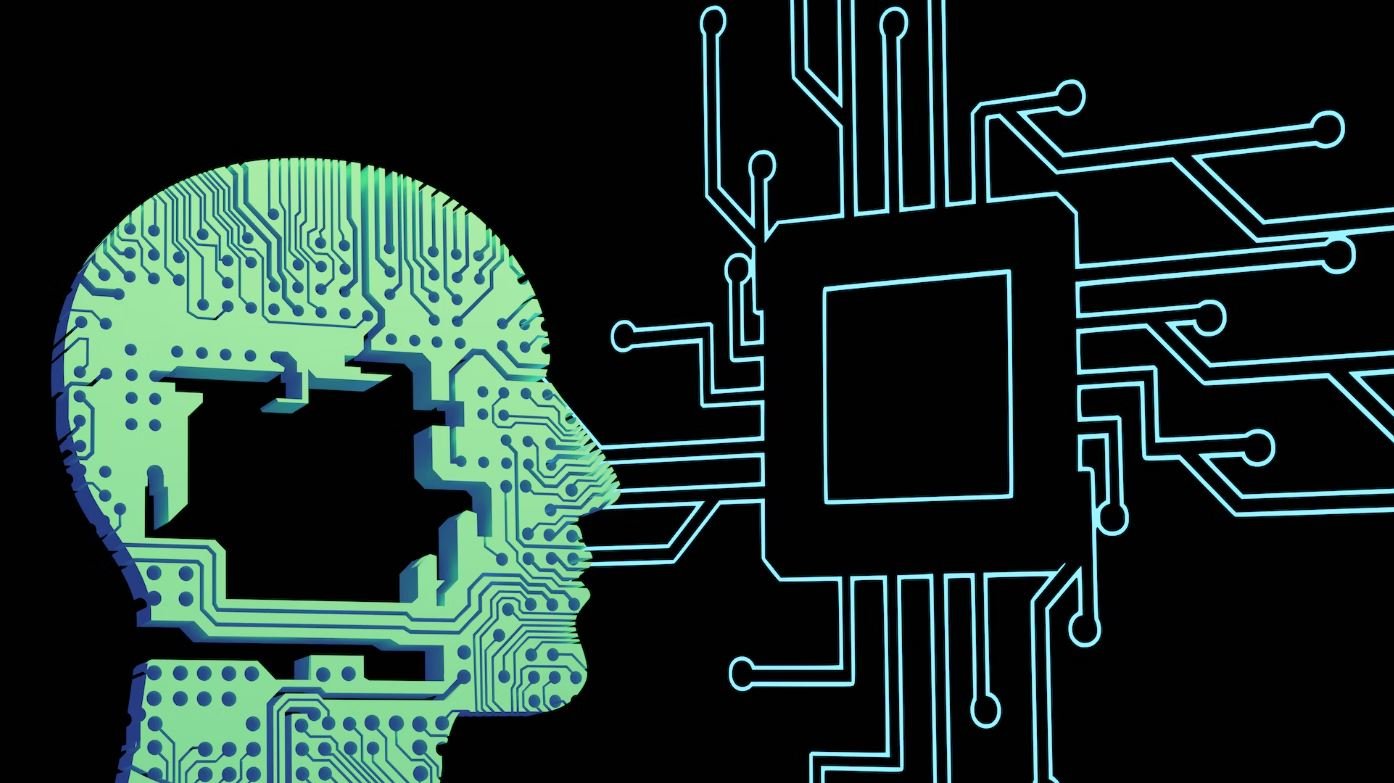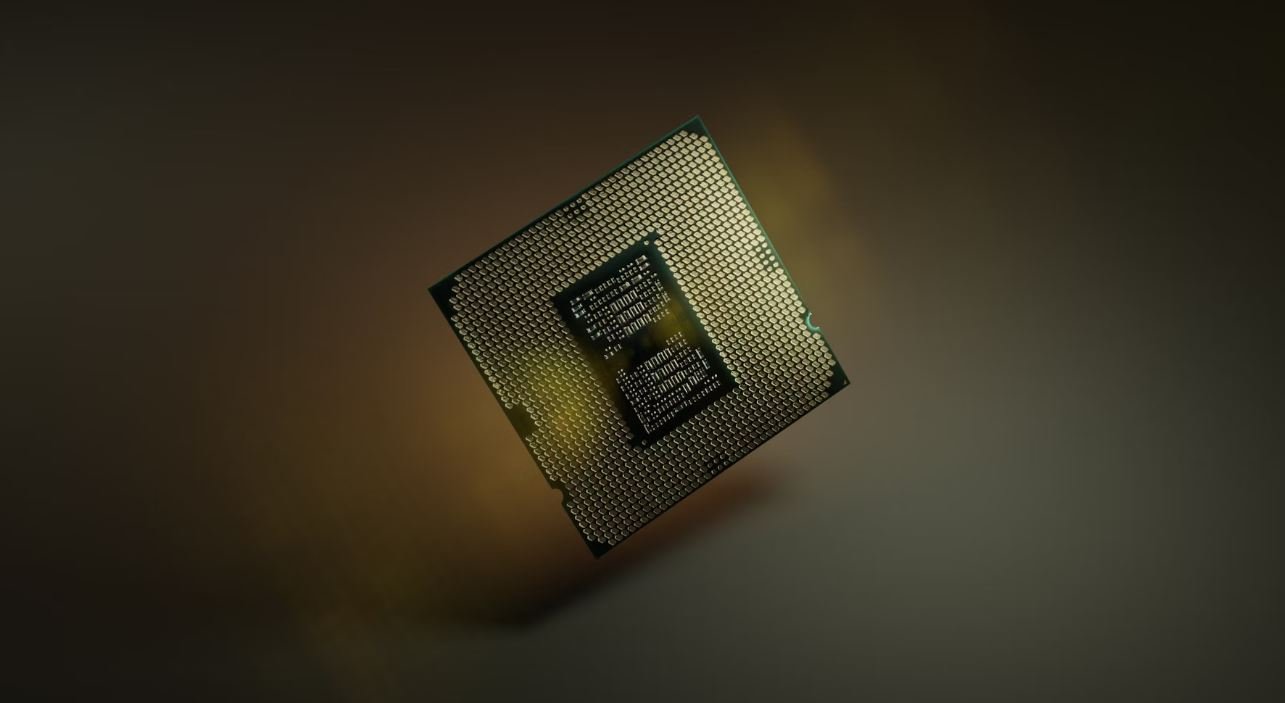AI Project Life Cycle
Artificial Intelligence (AI) projects are complex and often require a structured approach to ensure success. The AI project life cycle provides a framework for managing these projects from start to finish, ensuring that all necessary steps are followed and outcomes are achieved. Whether you are embarking on an AI project for the first time or seeking to improve your current approach, understanding the different stages of the AI project life cycle is essential.
Key Takeaways:
- The AI project life cycle is a structured framework for managing AI projects.
- It consists of five key stages: problem definition, data collection, model development, deployment, and monitoring.
- Each stage has specific tasks and activities that need to be completed to move to the next stage.
- Proper planning, collaboration, and continuous evaluation are crucial for successful AI project implementation.
1. Problem Definition
The first stage of the AI project life cycle is problem definition, where the AI project team identifies the problem or challenge that the AI solution aims to solve. *This stage requires a clear understanding of the organization’s objectives and how AI can support them.* It is essential to define the problem accurately and specify the desired outcomes to ensure the AI solution aligns with the organization’s needs.
Tasks in this stage include:
- Conducting a needs assessment to identify areas where AI can provide value.
- Clearly defining the problem statement and desired outcomes.
- Identifying relevant stakeholders and gathering their input.
2. Data Collection
After defining the problem, the next stage involves collecting and preparing the necessary data to train the AI model. *Data collection is a critical step, as the quality and quantity of data directly impact the model’s accuracy and performance.* This stage requires careful consideration of data sources, data collection methods, and data privacy and security concerns.
Tasks in this stage include:
- Identifying relevant data sources, both internal and external.
- Gathering and labeling the data to ensure its suitability for training the AI model.
- Cleaning and preprocessing the data to remove noise and inconsistencies.
Table 1: Common Data Collection Methods
| Data Collection Method | Description |
|---|---|
| Surveys | Collecting data through questionnaires or interviews. |
| Social Media Scraping | Gathering data from social media platforms using web scraping techniques. |
| Sensor Data Collection | Collecting data from IoT sensors or devices. |
3. Model Development
In the model development stage, the AI project team builds and trains the AI model using the collected and preprocessed data. *This stage involves selecting appropriate algorithms and techniques, fine-tuning the model parameters, and evaluating its performance.* It is crucial to iteratively refine the model to achieve the desired accuracy and reliability.
Tasks in this stage include:
- Selecting the most suitable AI algorithms for the specific problem.
- Splitting the data into training, validation, and testing sets.
- Training the AI model on the training data and optimizing its performance.
Table 2: Popular AI Algorithms
| Algorithm | Description |
|---|---|
| Neural Networks | A collection of interconnected nodes inspired by the human brain. |
| Decision Trees | A flowchart-like structure used to make decisions based on given conditions. |
| Support Vector Machines | Classifies data by plotting points in multi-dimensional space. |
4. Deployment
Once the AI model is trained and validated, it is time to deploy it into the production environment. *Deployment involves integrating the AI model into the existing systems or creating new applications to leverage its predictive power.* The deployment stage requires a comprehensive understanding of the organizational infrastructure and the necessary technical expertise.
Tasks in this stage include:
- Developing the necessary software components to integrate the AI model.
- Ensuring the scalability, security, and performance of the deployed AI solution.
5. Monitoring
The final stage of the AI project life cycle is monitoring the performance of the deployed AI solution. *Continuous monitoring allows for feedback and fine-tuning, ensuring the solution remains effective over time.* Monitoring also helps identify potential issues, data drift, or changes in the environment that may impact the AI model’s performance.
Tasks in this stage include:
- Monitoring key performance indicators (KPIs) to assess the AI model’s accuracy and effectiveness.
- Implementing feedback loops to collect user input and improve the AI solution.
- Periodically retraining or updating the AI model to incorporate new data or address changing requirements.
Table 3: Examples of AI Project KPIs
| KPI | Description |
|---|---|
| Accuracy | The proportion of correct predictions made by the AI model. |
| Response Time | The time taken by the AI system to provide a response. |
| Error Rate | The proportion of incorrect predictions made by the AI model. |
Implementing AI projects through a structured life cycle helps maximize their potential and increases the chances of success. By following the five stages of problem definition, data collection, model development, deployment, and monitoring, organizations can effectively leverage AI to solve complex problems and drive innovation. Proper planning, collaboration, and continuous evaluation are crucial for achieving the desired outcomes and staying ahead in the rapidly evolving AI landscape.

Common Misconceptions
1. AI projects are fully autonomous
Many people believe that AI projects are completely autonomous and do not require human intervention or involvement. However, this is a common misconception. While AI can automate various tasks and processes, human input and oversight are essential for successful project implementation and continuous improvement.
- AI projects require human expertise and decision-making throughout the life cycle
- Human intervention is necessary in training and fine-tuning AI algorithms
- Human supervision is important for ethical considerations and ensuring accuracy
2. AI projects offer immediate solutions
Some people mistakenly believe that AI projects have the ability to provide instant solutions to complex problems. However, in reality, the development and implementation of AI solutions require time, effort, and iterations.
- AI projects often involve data gathering, cleaning, and preprocessing, which can be time-consuming
- Machine learning algorithms require training on extensive datasets, which may take considerable time
- Iterative improvement of AI models is necessary to enhance accuracy and efficiency
3. AI projects eliminate human jobs
One of the most common misconceptions about AI projects is that they will lead to widespread job losses. While AI can automate certain tasks, it also creates new opportunities and enhances human capabilities, rather than fully replacing human labor.
- AI projects augment human capabilities by automating repetitive and mundane tasks
- AI technology opens up new avenues for innovation, creating new job roles and opportunities
- Humans remain crucial for critical thinking, creativity, empathy, and complex decision-making processes
4. AI projects always produce accurate results
Another misconception is that AI projects always deliver accurate and infallible results. However, AI systems are only as good as the data they are trained on and the algorithms used. Factors like biased data, incomplete training sets, or algorithmic limitations can impact the accuracy of results.
- Data quality and integrity greatly influence the accuracy and reliability of AI project outcomes
- Biased training data can lead to biased predictions and discriminatory outcomes
- Regular monitoring and evaluation are necessary to identify and correct potential errors and biases
5. AI projects are suitable for all purposes
Many people assume that AI projects can be universally applied to any problem or situation. However, it is important to understand that AI technologies have their limitations and may not be suitable for all purposes or domains.
- AI project feasibility depends on the availability and quality of relevant data
- Some tasks may require complex manual processes that are not easily automated by AI
- Certain ethical and privacy concerns may limit the application of AI projects in specific industries or contexts

AI Project Life Cycle
Artificial Intelligence (AI) is rapidly transforming various industries by automating tasks and enabling advanced decision-making. However, implementing an AI project requires a systematic approach. The AI project life cycle involves several stages that encompass data preparation, model development, deployment, and maintenance. This article explores the key elements and considerations at each stage of the AI project life cycle.
Data Collection Process
The first step in an AI project is collecting relevant data. Clean and representative data is crucial for training accurate AI models. The collection process involves accessing various sources, such as databases, surveys, and APIs, to gather diverse and comprehensive data sets.
| Data Variables | Data Sources | Data Quality |
|---|---|---|
| Demographic Information | Census records | Complete and up-to-date |
| Social Media Sentiment | Twitter API | Real-time and voluminous |
| Financial Data | Stock market feeds | Accurate and reliable |
Data Preprocessing Techniques
Before AI models can be trained, data must undergo preprocessing to eliminate noise and inconsistencies. Various techniques are employed to clean and transform the data, ensuring it’s suitable for analysis.
| Technique | Description |
|---|---|
| Data Cleaning | Removing missing values and outliers |
| Data Integration | Combining multiple data sources |
| Data Normalization | Scaling data to a standard range |
Model Development Approaches
Developing the AI model involves selecting and implementing appropriate algorithms and techniques. The choice of model depends on the specific problem being addressed and the availability of data.
| Model Approach | Use Case |
|---|---|
| Supervised Learning | Recognizing patterns in labeled data |
| Unsupervised Learning | Clustering similar data points |
| Reinforcement Learning | Training an AI agent through rewards and penalties |
Model Evaluation Metrics
To assess the performance of an AI model, various evaluation metrics are used. These metrics provide insights into the model’s accuracy, precision, recall, and other performance indicators.
| Metric | Description |
|---|---|
| Accuracy | Percentage of correct predictions |
| Precision | Proportion of true positives to predicted positives |
| Recall | Proportion of true positives to actual positives |
Model Deployment Methods
Once the AI model is developed, it must be deployed to make predictions or automate processes. This can be done through various methods, depending on the requirements of the application.
| Deployment Method | Description |
|---|---|
| Cloud-based Deployment | Deploying the model on cloud platforms for scalability |
| Edge Computing | Running the model on edge devices for real-time processing |
| Integrated Systems | Embedding the model within existing software systems |
Model Maintenance and Updates
AI models require regular maintenance and updates to ensure their efficiency and effectiveness over time. This involves monitoring their performance, retraining with new data, and refining the models based on feedback and evolving requirements.
| Maintenance Task | Description |
|---|---|
| Performance Monitoring | Regularly assessing the model’s accuracy and reliability |
| Data Augmentation | Adding new or updated data to improve model performance |
| Algorithm Updates | Implementing new algorithms or improving existing ones |
Ethical Considerations
AI project life cycles should account for ethical considerations to ensure responsible AI deployment. This encompasses issues such as algorithm bias, data privacy protection, and transparency in decision-making.
| Consideration | Description |
|---|---|
| Algorithm Bias Mitigation | Ensuring AI models are fair and unbiased across different demographics |
| Data Anonymization Techniques | Protecting individuals’ privacy by anonymizing sensitive data |
| Explainability and Interpretability | Making AI systems transparent and understandable to build trust |
Challenges in AI Project Life Cycle
Implementing AI projects faces several challenges that organizations must overcome to achieve successful outcomes. These challenges include limited availability of quality data, technical complexities, and managing stakeholder expectations.
| Challenge | Description |
|---|---|
| Data Scarcity | Difficulty in obtaining sufficient and relevant data for model training |
| Algorithm Complexity | Working with intricate algorithms that require expertise |
| Stakeholder Alignment | Ensuring all stakeholders have aligned expectations and goals |
In conclusion, the AI project life cycle encompasses critical stages, including data collection, preprocessing, model development, deployment, and maintenance. By following a systematic approach and considering ethical aspects, organizations can navigate the challenges and successfully implement AI projects that bring value and innovation to their respective domains.
Frequently Asked Questions
What is the life cycle of an AI project?
The life cycle of an AI project refers to the various stages involved in developing and deploying an AI solution. It typically includes problem formulation, data collection and preprocessing, model development, model training and evaluation, model deployment, and ongoing monitoring and maintenance.
What is the role of problem formulation in an AI project?
Problem formulation is a crucial step in an AI project as it helps define the problem to be addressed and the objectives to be achieved. This involves understanding the problem domain, identifying the tasks and challenges, and determining the feasibility of applying AI techniques.
How important is data collection and preprocessing in an AI project?
Data collection and preprocessing play a vital role in an AI project as they provide the foundation for model development and training. Proper data collection ensures that the model captures relevant information, while preprocessing ensures that the data is in a suitable format for analysis.
What is involved in model development in an AI project?
Model development involves selecting an appropriate AI technique or algorithm, designing the architecture of the model, and implementing it using programming languages or AI frameworks. This step requires a deep understanding of the problem domain and the available AI techniques.
How do you train and evaluate an AI model?
To train an AI model, you feed it with labeled data and adjust its parameters so that it learns to make accurate predictions or classifications. Evaluation involves assessing the model’s performance using metrics such as accuracy, precision, recall, and F1-score.
What is the process of model deployment in an AI project?
Model deployment involves making the trained AI model available for use in real-world applications. This may involve integrating the model into existing systems, developing APIs for accessing the model, and ensuring scalability and performance.
Why is ongoing monitoring and maintenance important in an AI project?
Ongoing monitoring and maintenance are crucial in an AI project to ensure that the model continues to perform well over time. This involves monitoring the model’s performance, retraining it with new data if necessary, and handling evolving requirements and challenges.
What are the challenges in an AI project life cycle?
Some common challenges in an AI project life cycle include data quality and scarcity, selecting the right AI techniques, handling bias and ethical considerations, managing computational resources, and adapting to changing requirements or constraints.
How long does an AI project life cycle typically take?
The duration of an AI project life cycle can vary depending on various factors such as the complexity of the problem, the amount and quality of available data, the expertise of the team, and the resources allocated. It can range from a few weeks to several months or even years.
What are some best practices for managing an AI project life cycle?
Some best practices for managing an AI project life cycle include clearly defining project goals and objectives, involving domain experts throughout the process, conducting thorough performance evaluations, documenting decisions and processes, and fostering collaboration and continuous learning within the team.




